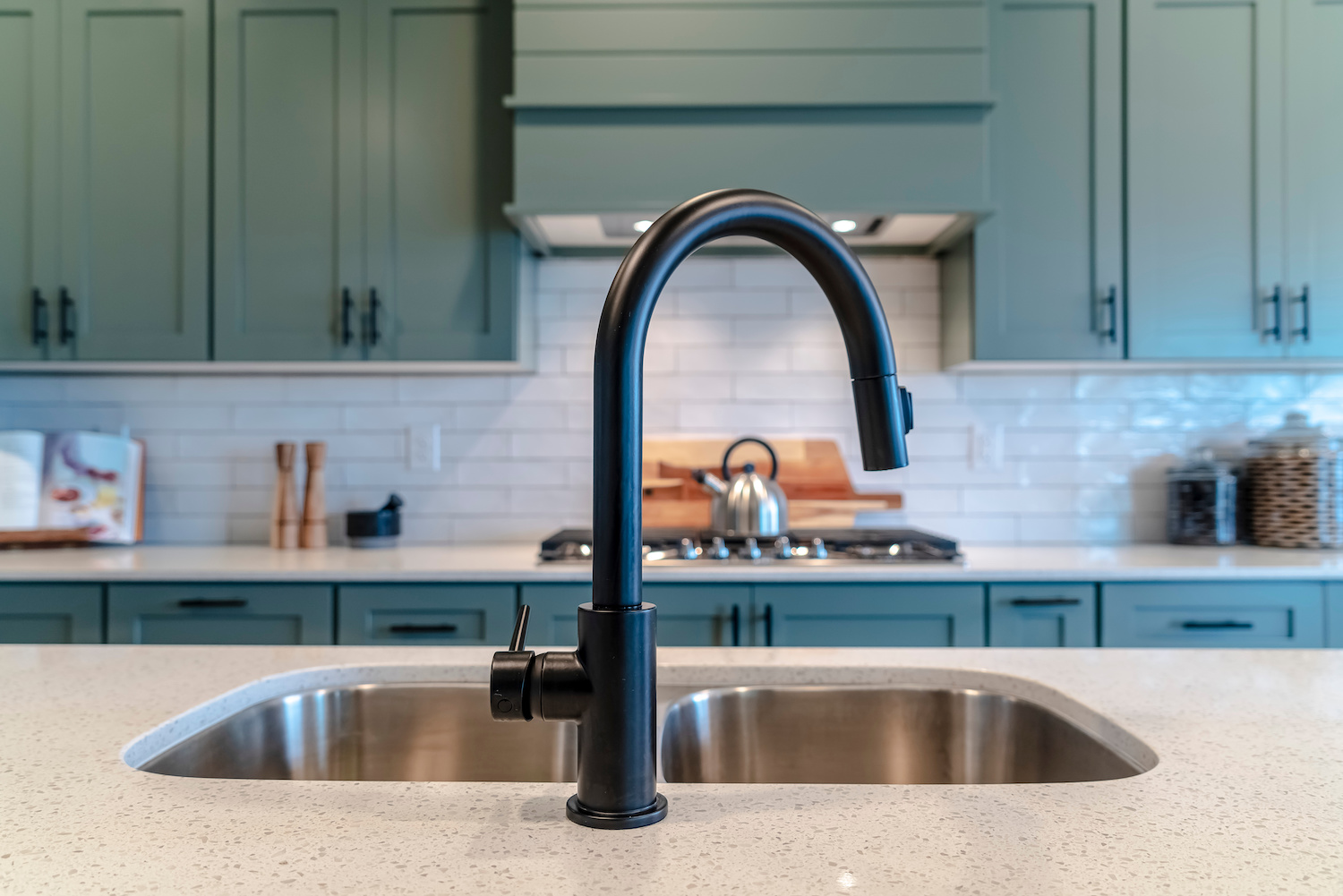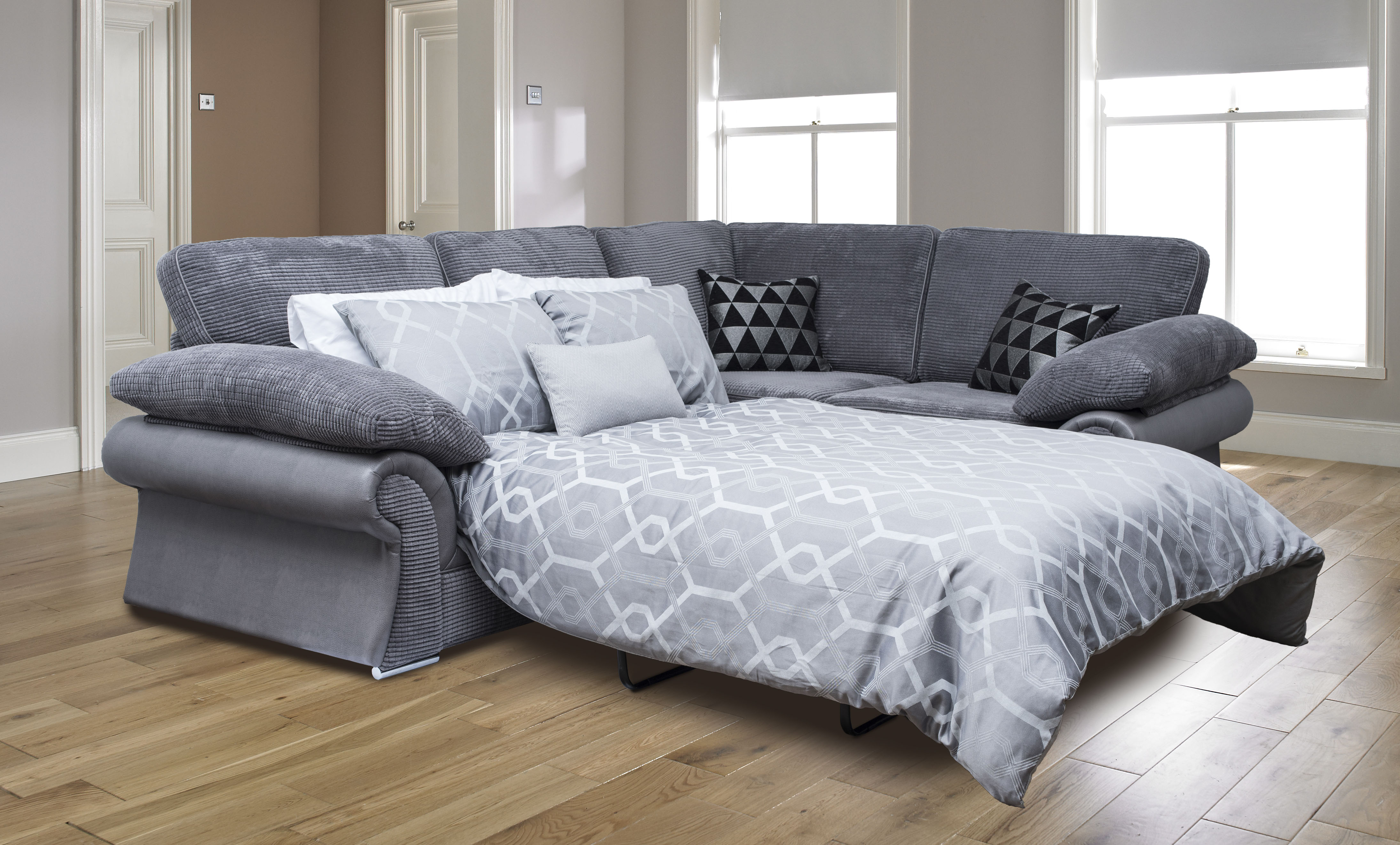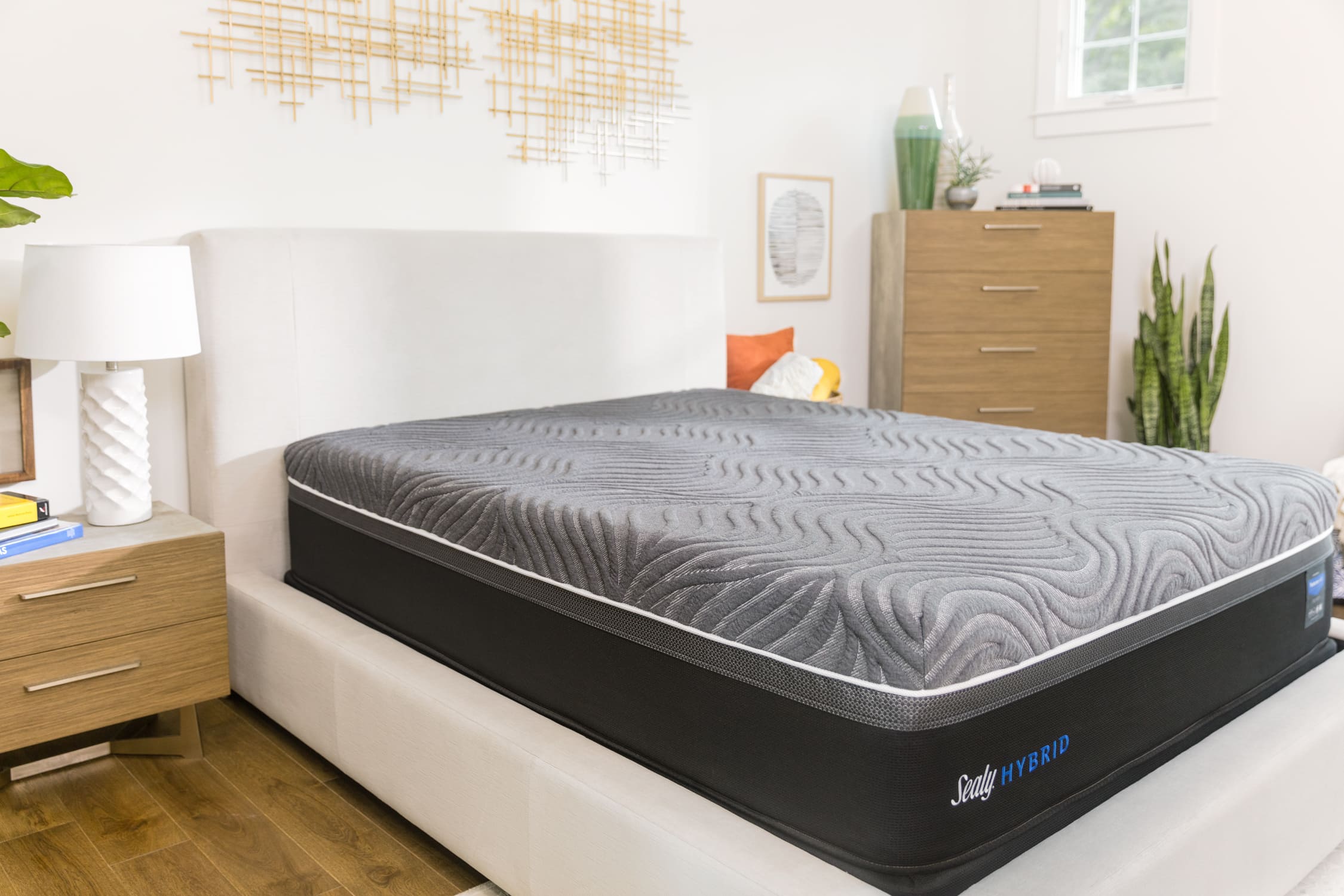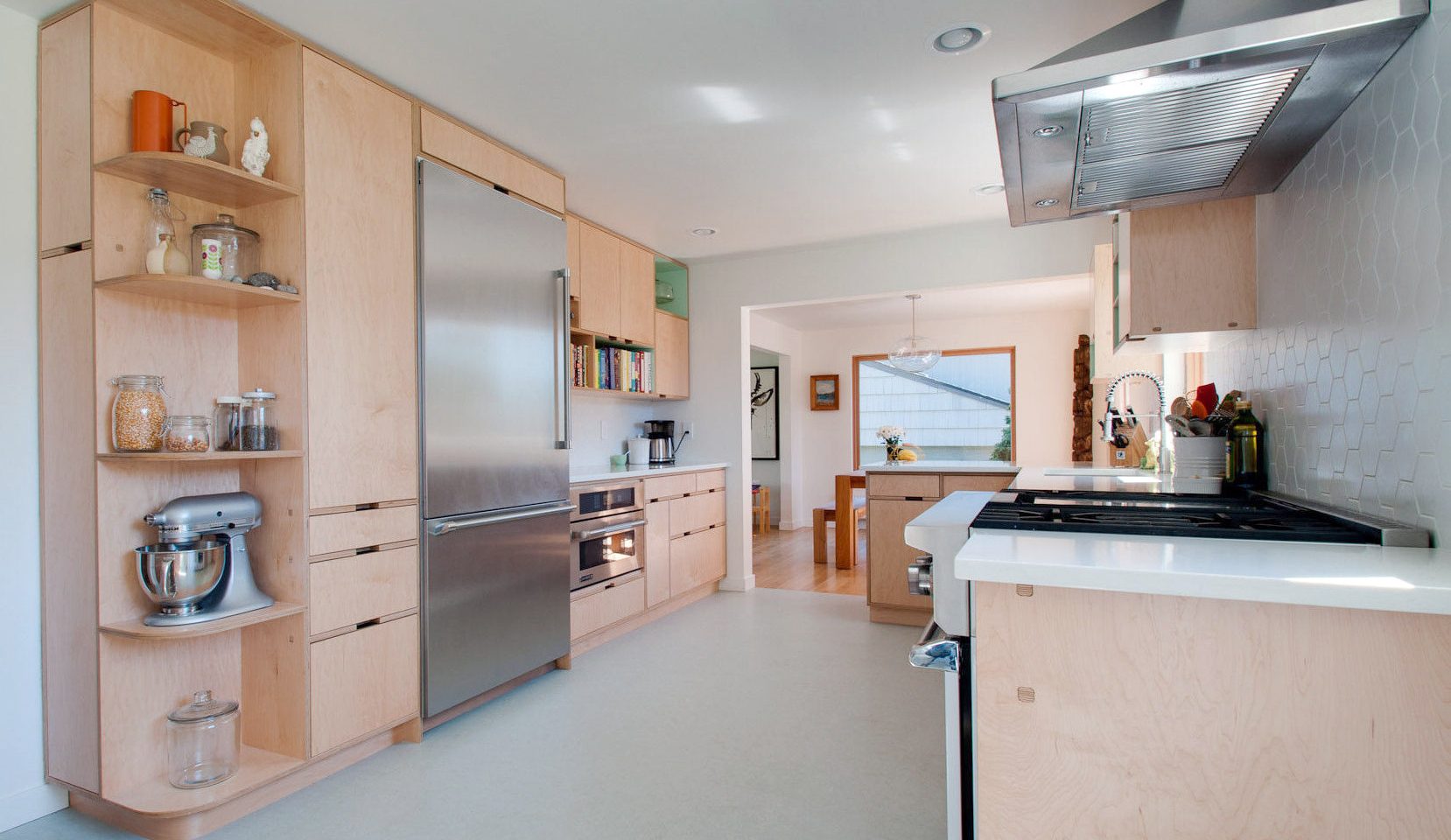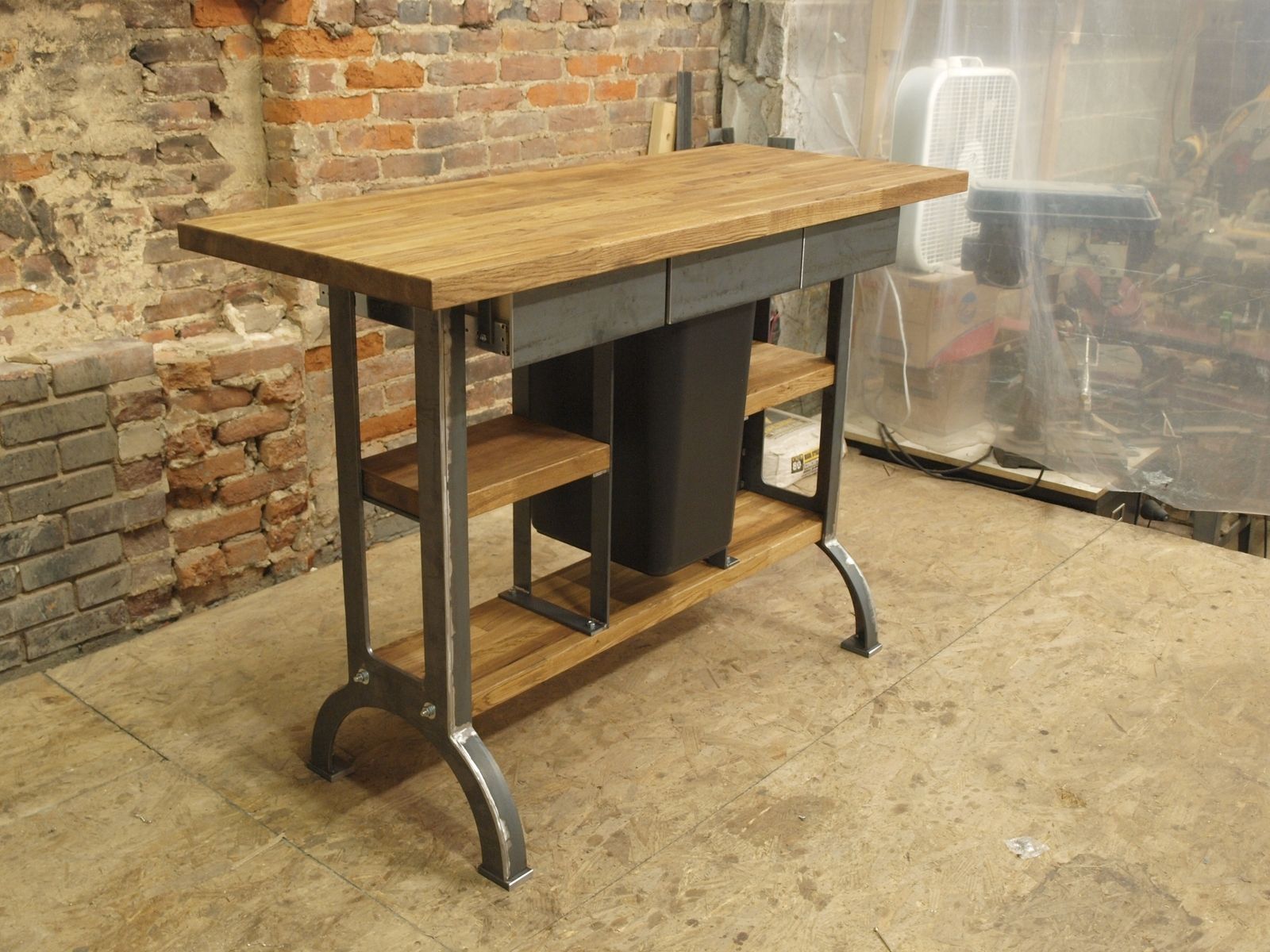Unclogging a Bathroom Sink
If you've noticed that your bathroom sink is stopped up, you're not alone. This common household problem can be a major inconvenience, but fortunately, there are plenty of easy solutions to unclog your sink and get the water flowing freely again.
How to Fix a Clogged Bathroom Sink
Before you start trying to fix your clogged bathroom sink, it's important to identify the cause of the blockage. Typically, the culprit is a buildup of hair, soap scum, and other debris in the drain. This can be easily cleared with some simple DIY solutions.
DIY Bathroom Sink Clog Solutions
If your bathroom sink is stopped up, you can try a few DIY solutions before calling in a professional plumber. One popular method is to use a plunger to create suction and dislodge the clog. You can also try using a drain snake to physically remove the blockage from the drain.
Clearing a Stopped Up Bathroom Sink
If the plunger and drain snake method don't work, you can try using a mixture of baking soda and vinegar to dissolve the clog. Simply pour a cup of baking soda down the drain, followed by a cup of vinegar. Let it sit for a few minutes before pouring hot water down the drain to flush out the clog.
Easy Ways to Unclog a Bathroom Sink
Another easy solution to a stopped up bathroom sink is using a combination of hot water and dish soap. Simply mix a few tablespoons of dish soap with a pot of hot water and pour it down the drain. The soap will help to break down any buildup in the pipes and the hot water will flush it out.
Bathroom Sink Drain Clog Remedies
If none of these DIY solutions are working, you may need to turn to some stronger remedies. One option is to use a chemical drain cleaner, but be sure to follow the instructions carefully and use protective gear. Another option is to use a plumbing auger, which is a long, flexible tool designed specifically for clearing clogs in sinks and drains.
Tips for Removing a Clog in Your Bathroom Sink
When dealing with a stopped up bathroom sink, it's important to remember a few key tips. First, always start with the least aggressive solution and work your way up. Also, never mix different types of drain cleaners as this can create dangerous chemical reactions. And finally, if all else fails, it's best to call in a professional plumber to avoid causing any further damage to your pipes.
Using Baking Soda and Vinegar to Unclog a Bathroom Sink
As mentioned earlier, a mixture of baking soda and vinegar can be an effective way to clear a clogged bathroom sink. But why does this combination work so well? The chemical reaction between the two ingredients creates a foaming action that helps to dissolve and dislodge clogs. Plus, it's a natural and non-toxic solution, making it a great alternative to harsh chemicals.
Professional Plumbing Services for a Stopped Up Bathroom Sink
If you've tried all of the DIY solutions and your bathroom sink is still stopped up, it's time to call in the professionals. A licensed plumber has the knowledge, tools, and experience to tackle even the toughest clogs. They can also inspect your pipes and identify any underlying issues that may be causing frequent clogs.
Preventing Clogs in Your Bathroom Sink
Once your bathroom sink is unclogged, you'll want to take steps to prevent future clogs. Regularly cleaning and maintaining your sink can help to prevent buildup and blockages. You can also use a hair catcher in the drain to catch any hair before it can clog the pipes. And avoid pouring grease or oil down the drain, as these can solidify and cause major clogs.
In conclusion, a stopped up bathroom sink may be a common issue, but it doesn't have to be a major headache. With these easy DIY solutions and preventative measures, you can keep your bathroom sink clear and avoid the need for costly plumbing services. So next time you notice your sink is draining slowly, don't panic – just follow these tips and your sink will be back to normal in no time.
How to Fix a Stopped Up Bathroom Sink: A Complete Guide

Understanding the Problem
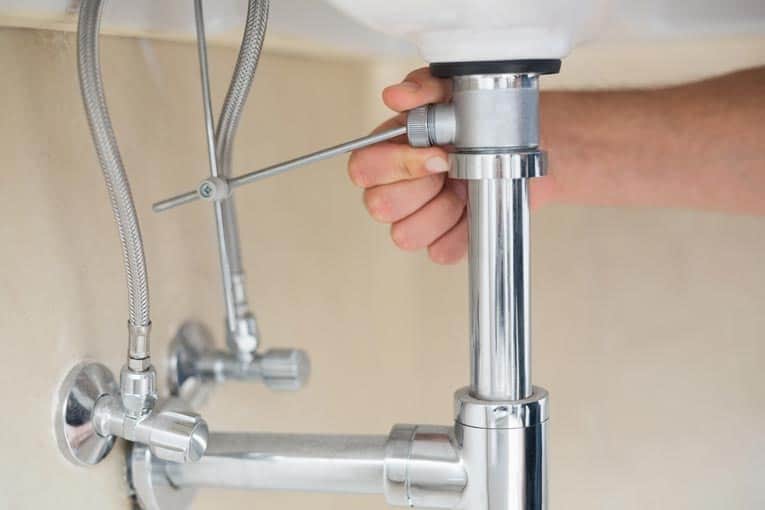 When it comes to house design, every room plays an important role in creating a functional and aesthetically pleasing space. However, one of the most frustrating and common issues that homeowners face is a clogged bathroom sink. Not only does it disrupt daily routines, but it can also cause unpleasant odors and potential water damage if left untreated. But fret not, for we have compiled a complete guide to help you fix a stopped up bathroom sink and restore the functionality of your space.
When it comes to house design, every room plays an important role in creating a functional and aesthetically pleasing space. However, one of the most frustrating and common issues that homeowners face is a clogged bathroom sink. Not only does it disrupt daily routines, but it can also cause unpleasant odors and potential water damage if left untreated. But fret not, for we have compiled a complete guide to help you fix a stopped up bathroom sink and restore the functionality of your space.
Identifying the Cause
 Before you can begin fixing a stopped up bathroom sink, it is important to understand the root cause of the problem. In most cases, the culprit is a buildup of hair, soap scum, and other debris in the drain. This can lead to a slow draining sink or a complete blockage. Another common cause is the accumulation of hard water deposits, especially in areas with high mineral content. These deposits can clog the pipes and prevent proper drainage.
Before you can begin fixing a stopped up bathroom sink, it is important to understand the root cause of the problem. In most cases, the culprit is a buildup of hair, soap scum, and other debris in the drain. This can lead to a slow draining sink or a complete blockage. Another common cause is the accumulation of hard water deposits, especially in areas with high mineral content. These deposits can clog the pipes and prevent proper drainage.
Tools You Will Need
 To fix a stopped up bathroom sink, you will need a few basic tools that are easily available in most households. These include a plunger, a drain snake, a pair of rubber gloves, and a bucket. You may also need a wrench and a screwdriver if the clog is located deeper in the pipes.
To fix a stopped up bathroom sink, you will need a few basic tools that are easily available in most households. These include a plunger, a drain snake, a pair of rubber gloves, and a bucket. You may also need a wrench and a screwdriver if the clog is located deeper in the pipes.
Step-by-Step Guide
 Now that you have identified the cause and gathered the necessary tools, it's time to fix the problem. Here's a step-by-step guide to unclogging your bathroom sink:
Step 1:
Begin by removing any hair or debris that may be visible on the surface of the drain.
Step 2:
Use a plunger to create suction and dislodge the clog. Make sure to cover the overflow opening with a damp cloth to create a better seal.
Step 3:
If the plunger doesn't work, try using a drain snake. Insert the snake into the drain and turn the handle to break up and remove the clog.
Step 4:
For tougher clogs, you may need to remove the sink stopper and clean it manually. This can be done by unscrewing the nut that holds the stopper in place and pulling it out.
Step 5:
If the clog is located deeper in the pipes, you can try using a commercial drain cleaner. However, be cautious as these chemicals can be harmful to your pipes and the environment.
Step 6:
If all else fails, it may be time to call a professional plumber to tackle the problem.
Now that you have identified the cause and gathered the necessary tools, it's time to fix the problem. Here's a step-by-step guide to unclogging your bathroom sink:
Step 1:
Begin by removing any hair or debris that may be visible on the surface of the drain.
Step 2:
Use a plunger to create suction and dislodge the clog. Make sure to cover the overflow opening with a damp cloth to create a better seal.
Step 3:
If the plunger doesn't work, try using a drain snake. Insert the snake into the drain and turn the handle to break up and remove the clog.
Step 4:
For tougher clogs, you may need to remove the sink stopper and clean it manually. This can be done by unscrewing the nut that holds the stopper in place and pulling it out.
Step 5:
If the clog is located deeper in the pipes, you can try using a commercial drain cleaner. However, be cautious as these chemicals can be harmful to your pipes and the environment.
Step 6:
If all else fails, it may be time to call a professional plumber to tackle the problem.
Preventative Measures
 To avoid future clogs, make sure to regularly clean your bathroom sink drain by pouring boiling water down it and using a mixture of baking soda and vinegar. You should also invest in a drain strainer to catch hair and debris before it goes down the drain.
To avoid future clogs, make sure to regularly clean your bathroom sink drain by pouring boiling water down it and using a mixture of baking soda and vinegar. You should also invest in a drain strainer to catch hair and debris before it goes down the drain.
The Bottom Line
 A stopped up bathroom sink can be a major inconvenience, but with the right tools and techniques, it can be easily fixed. By following this guide and taking preventative measures, you can maintain a functional and well-designed bathroom for years to come.
A stopped up bathroom sink can be a major inconvenience, but with the right tools and techniques, it can be easily fixed. By following this guide and taking preventative measures, you can maintain a functional and well-designed bathroom for years to come.




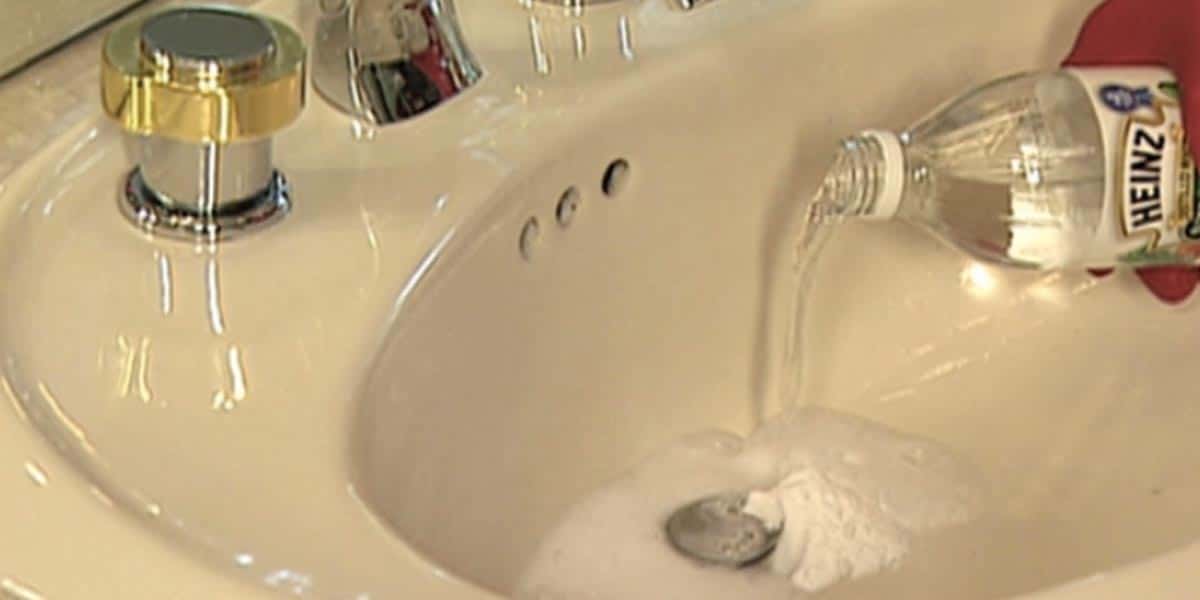
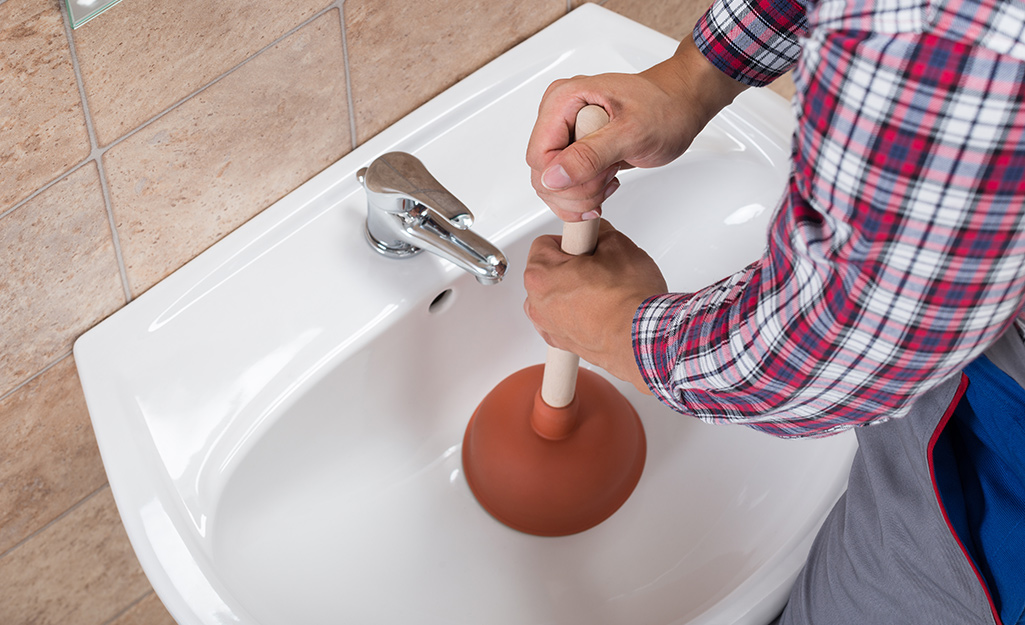
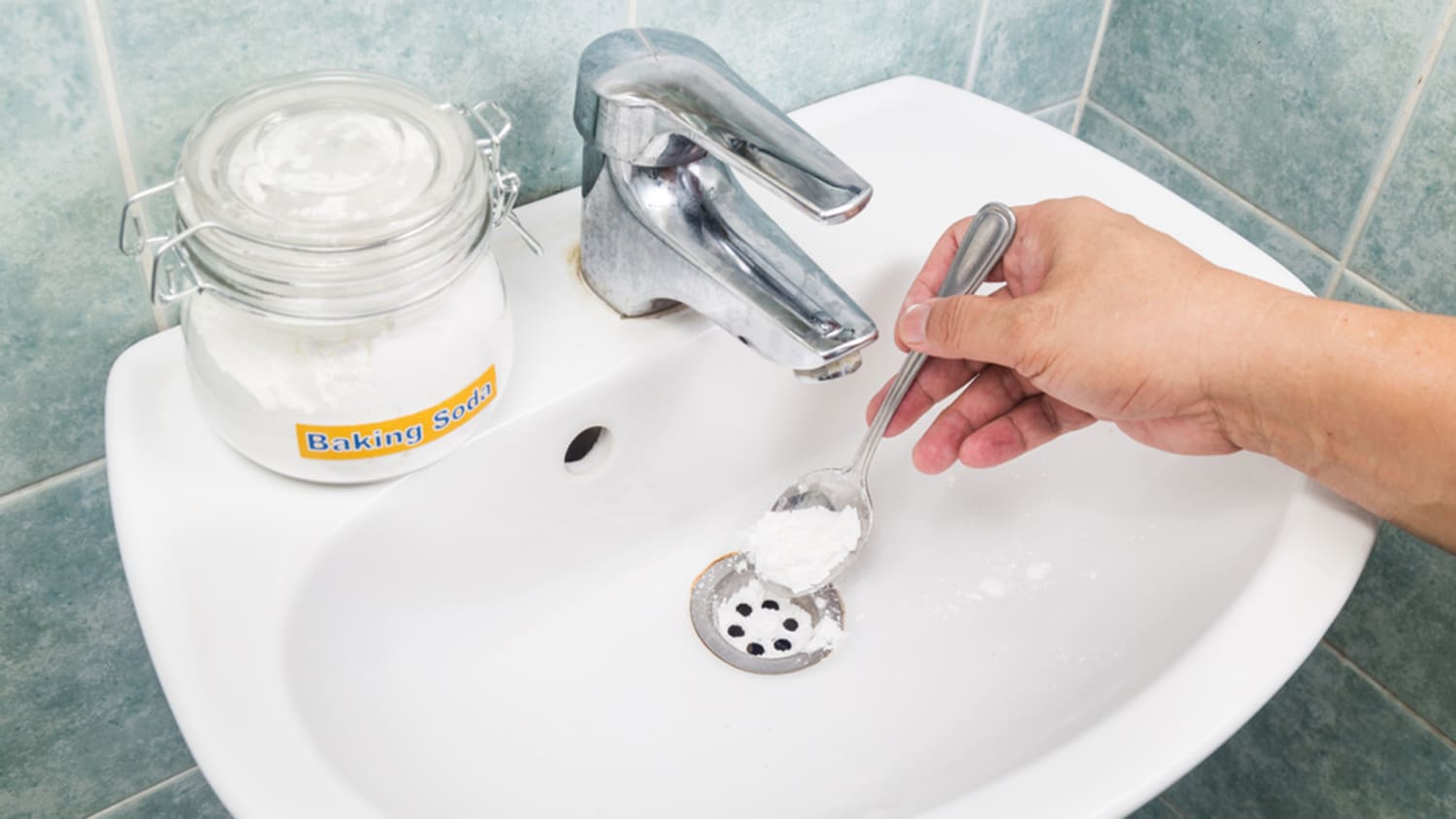


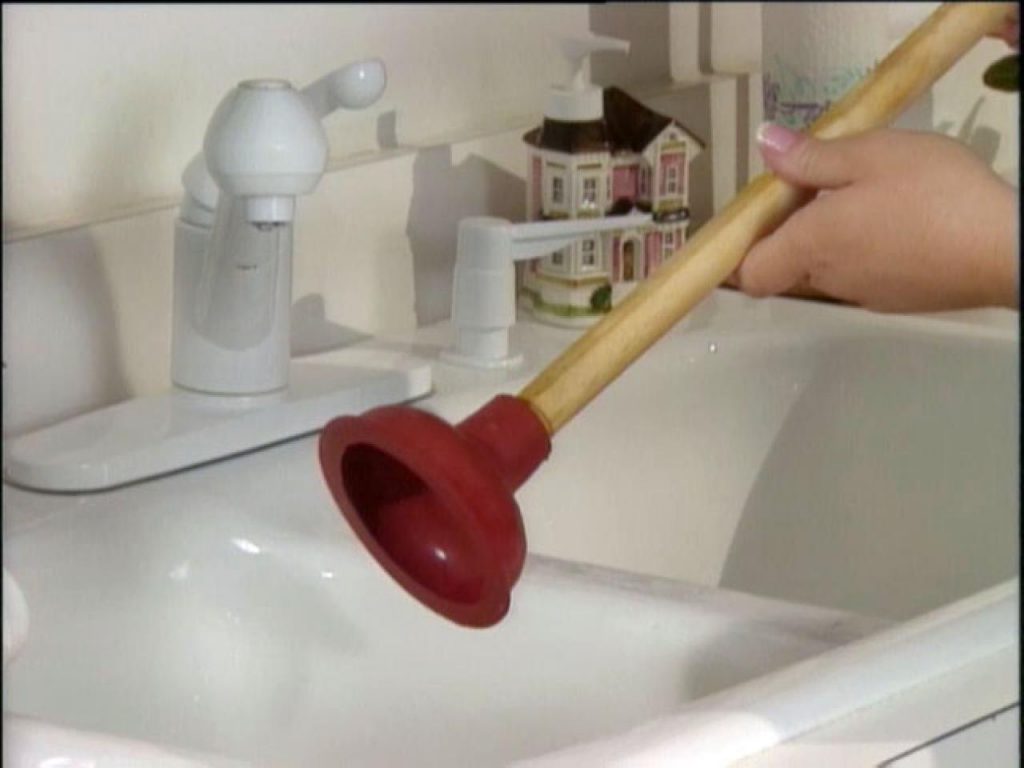


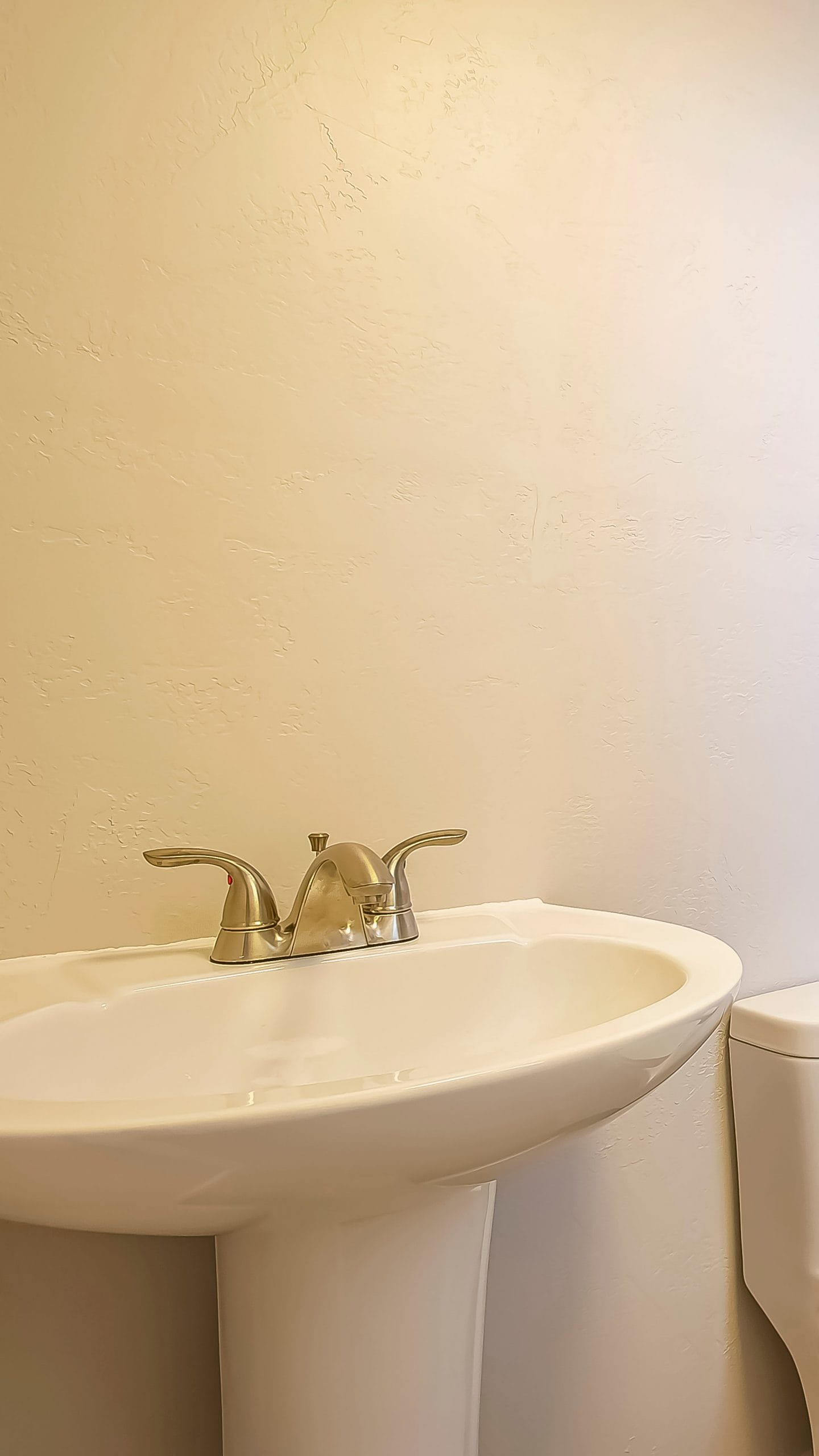

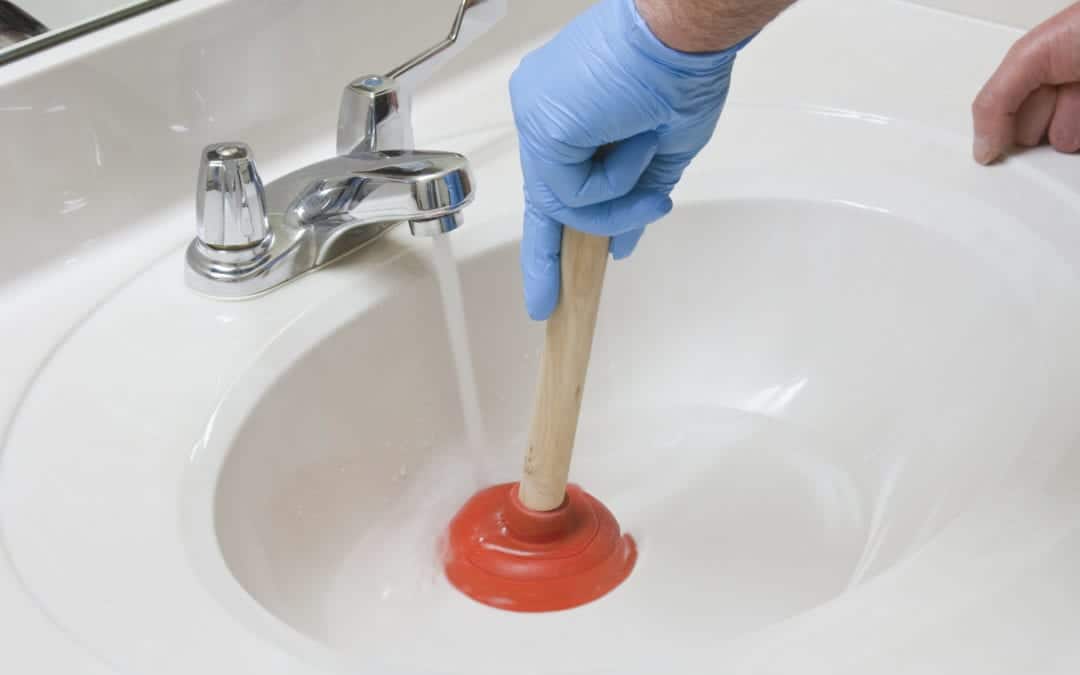



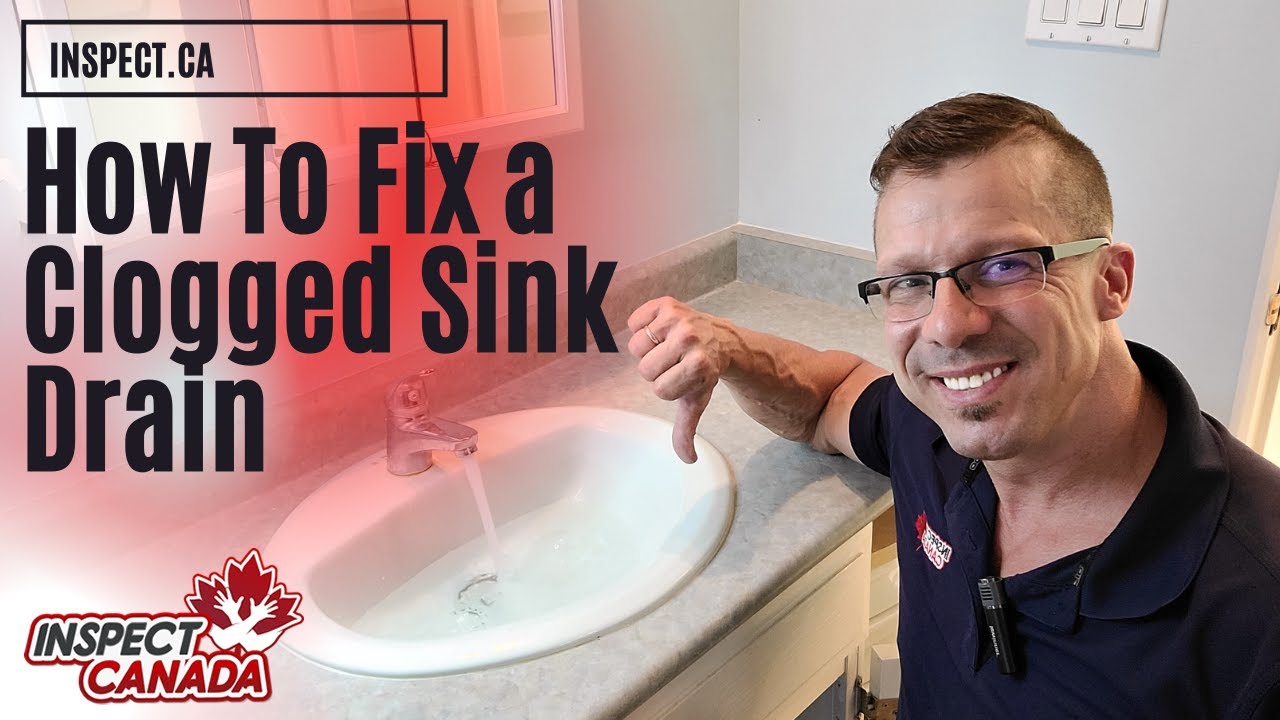



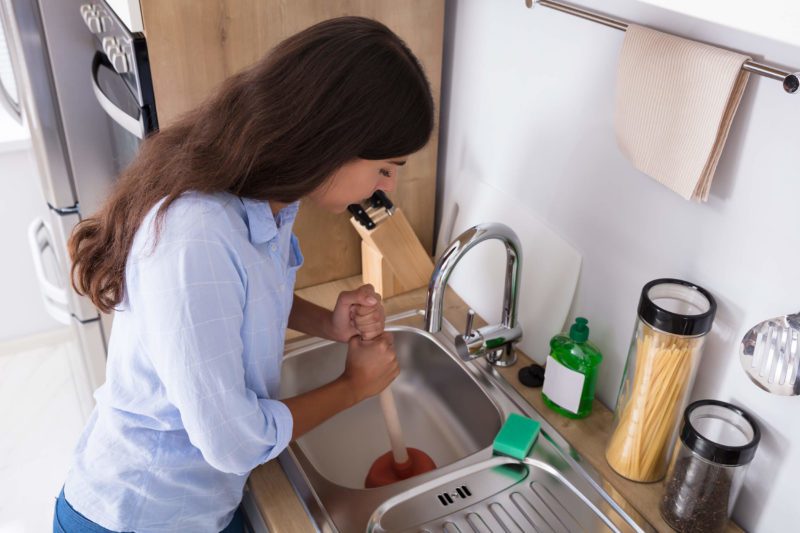















:max_bytes(150000):strip_icc()/how-to-unclog-a-kitchen-sink-2718799_sketch_FINAL-8c5caa805a69493ab22dfb537c72a1b7.png)
:strip_icc()/how-to-clean-a-bathroom-sink-drain-01-c728294c8bee42428afdf3e69f449279.jpg)







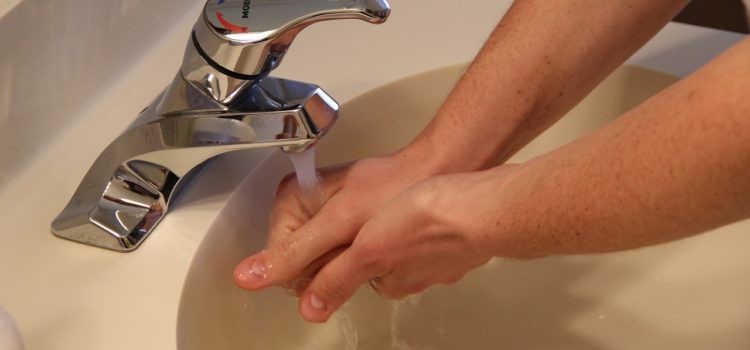

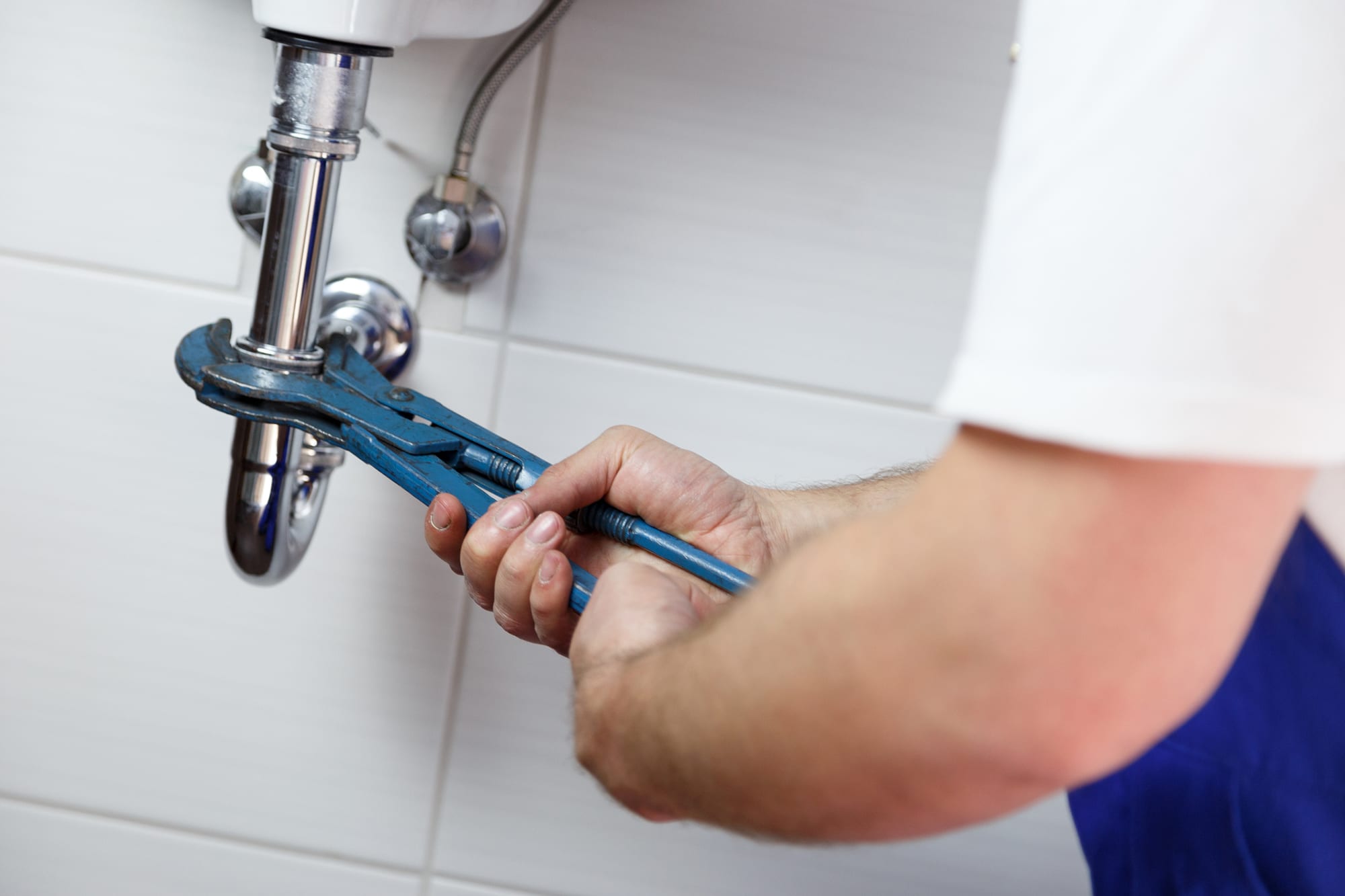




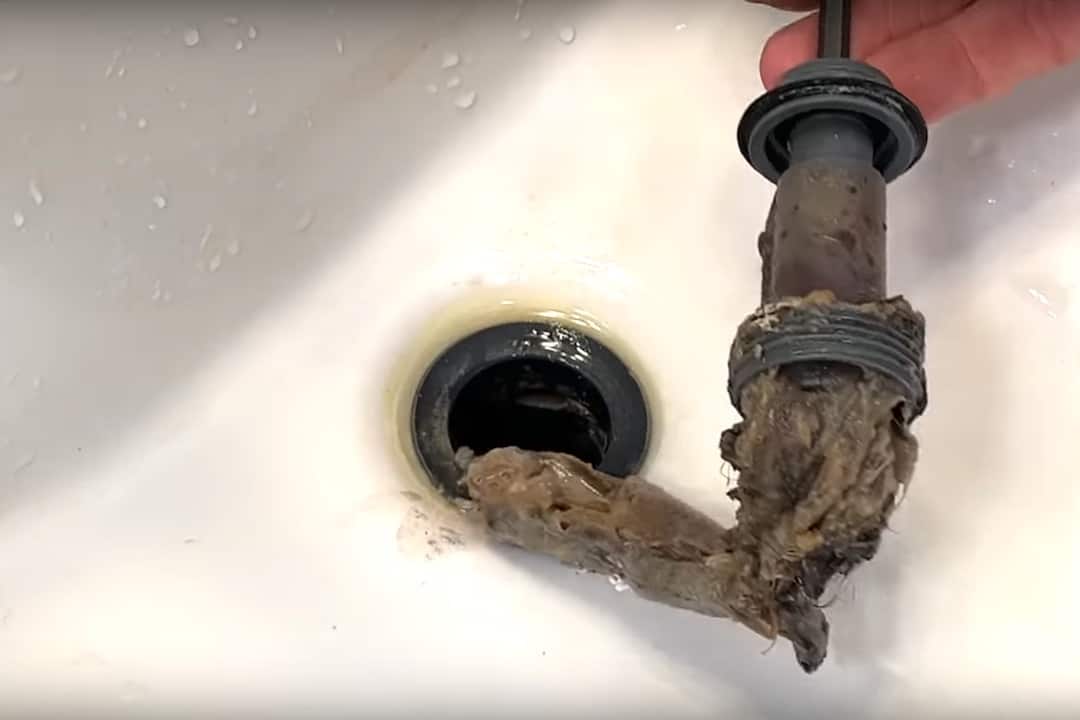
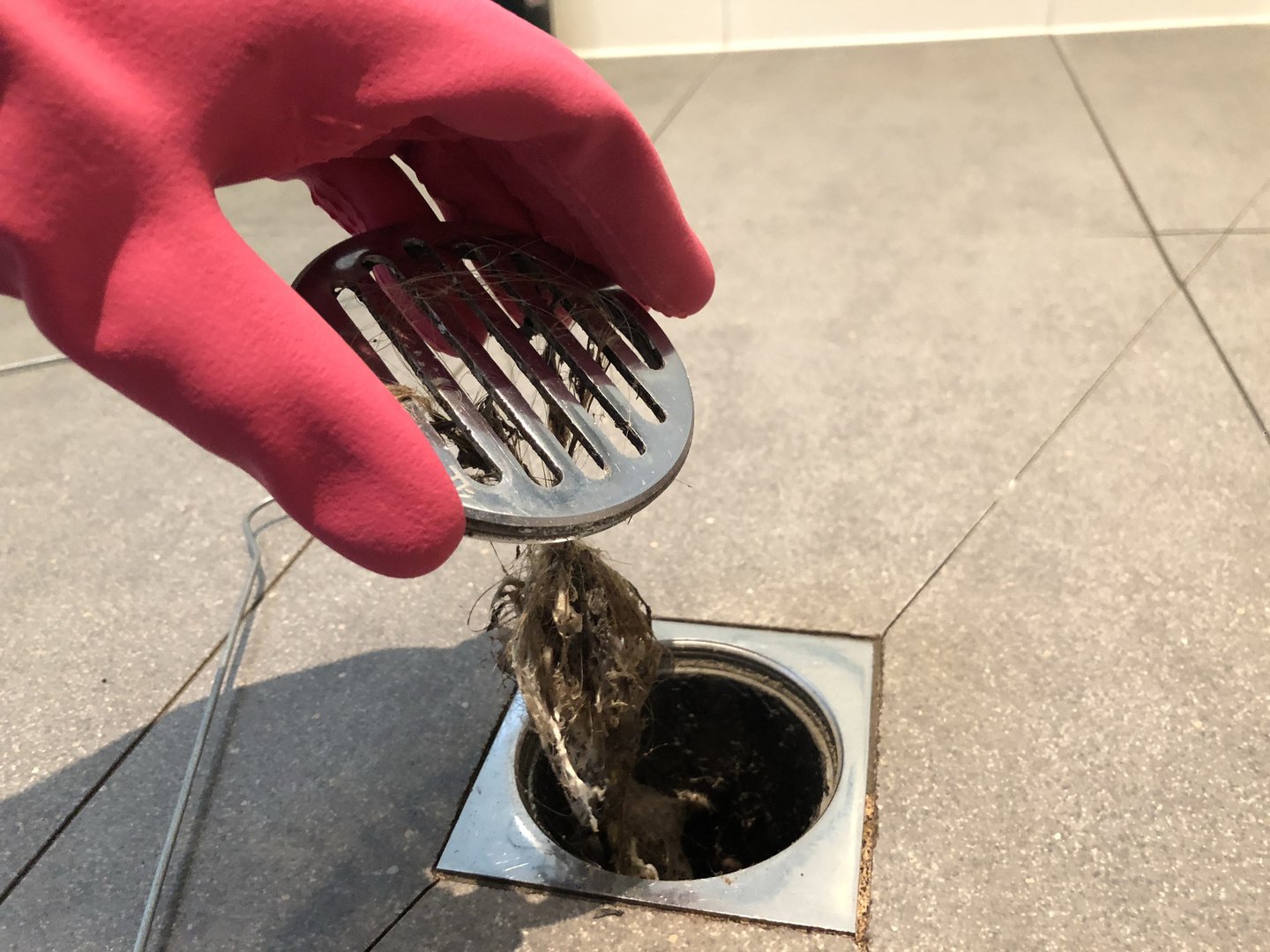
:max_bytes(150000):strip_icc()/bathroom-sink-drain-installation-2718843-02-61e5ecbee1e949be8d8f45ac4f5a6797.jpg)


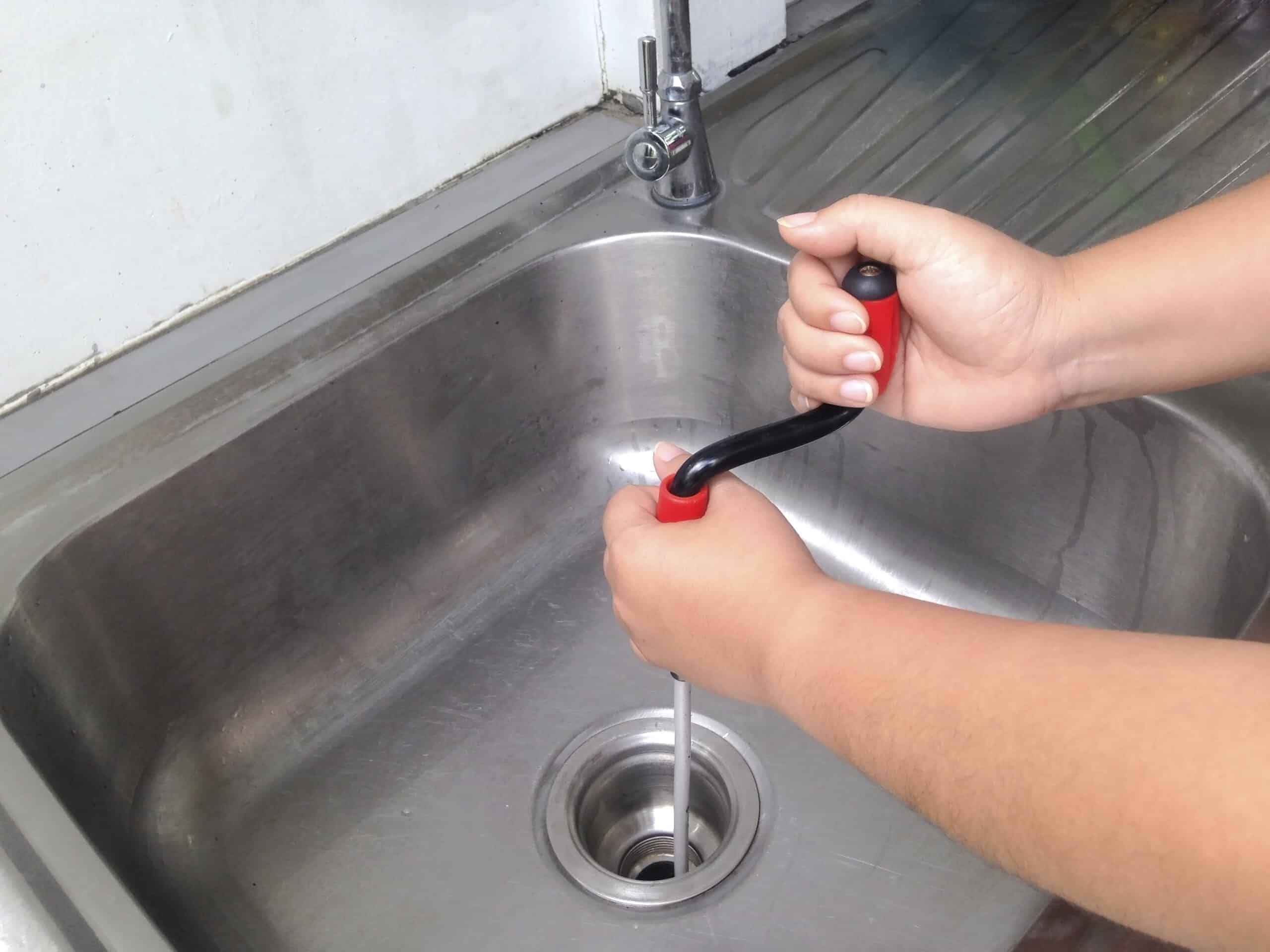
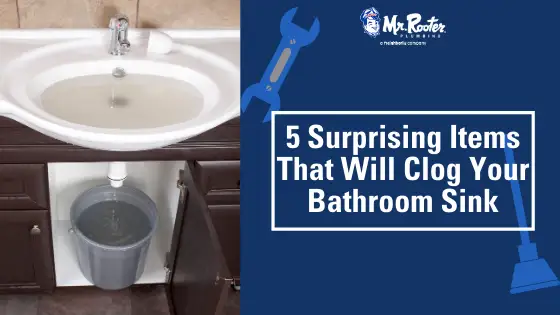




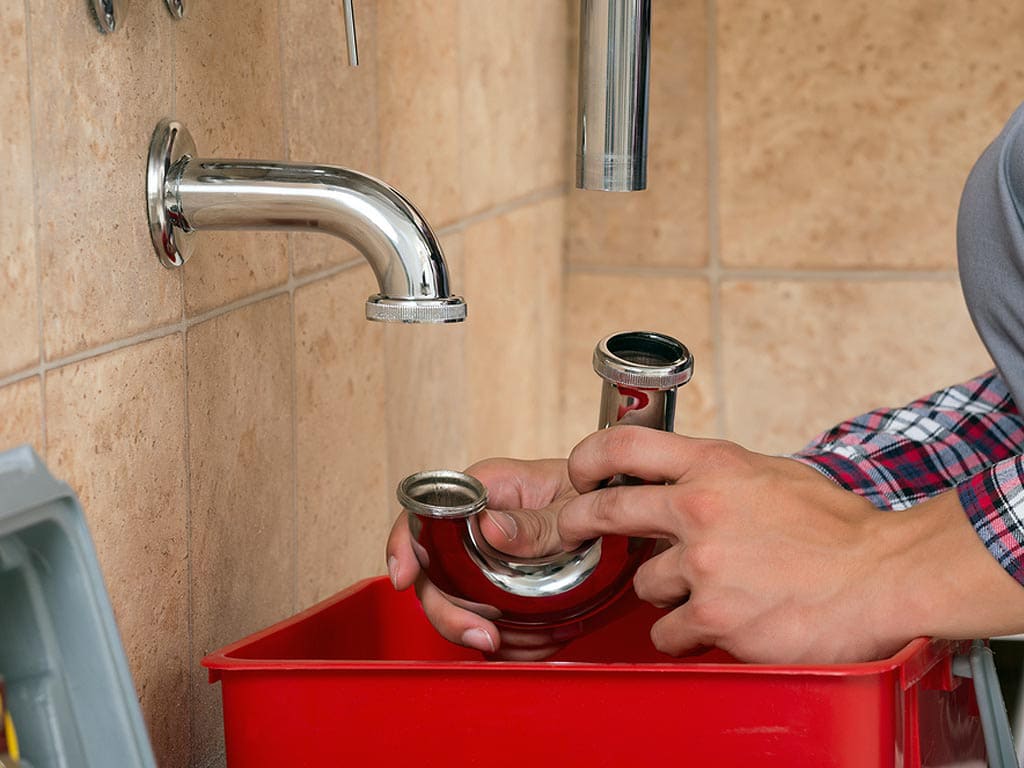



:max_bytes(150000):strip_icc()/freshen-and-unclog-drain-with-baking-soda-1900466-22-bbf940b70afa4d5abef0c54da23b1d3f.jpg)




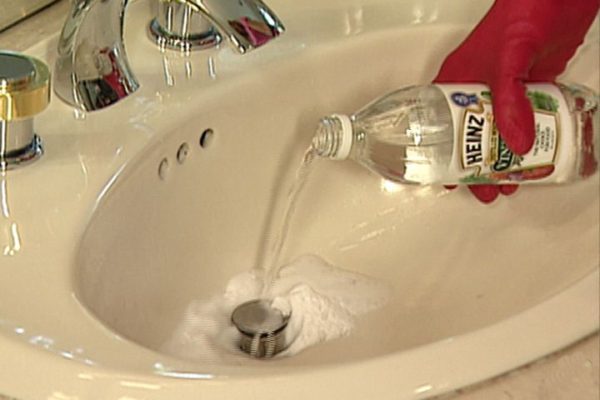

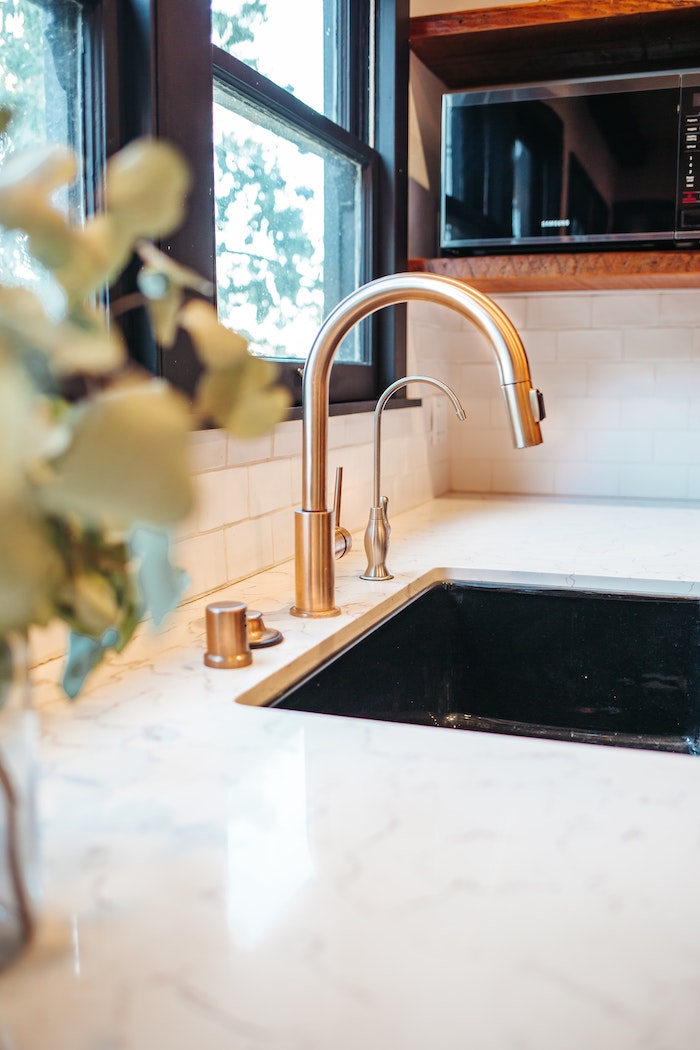










:strip_icc()/items-not-to-flush-down-the-toilet_sourcefile-6ceb2bb4d0f84633ba0f5496cb4f3c88.jpg)




